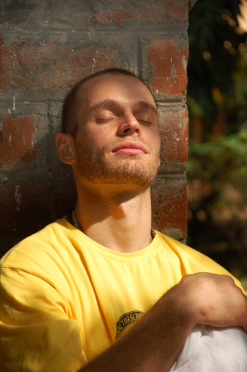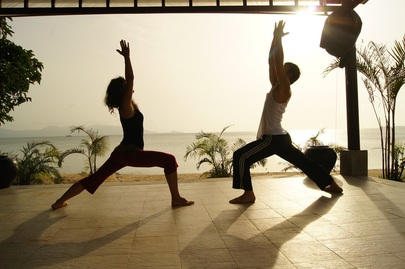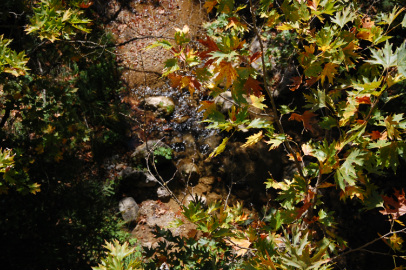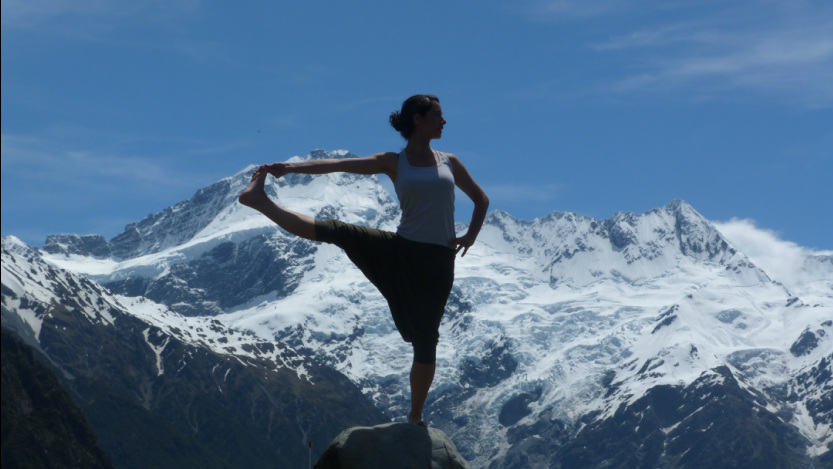Yoga
Yoga is a journey of discovery and devotion towards ourselves; acknowledging our ability to find inner light and to connect with God, the Divine Mother, Nature. Much of the time when we talk about yoga, we talk about ‘Hatha yoga’. ‘Hatha’ means ‘Sun-Moon’ and is union. It is the joining of our body, mind and breath when we do the physical practice, but means nothing if we cannot bring our awareness from the yoga mat into our daily life. ‘Hatha’ is the joining of all things: it is the darkness that dissolves into light; the anger or fear that becomes pure love. Our nature and our legacy as human beings are to live with the oneness of all. More and more in this technological age, we become separated and alone, perhaps, never being aware of what is happening. The practice of yoga is a chance to find the way to become whole and to live life with spontaneity, freedom of spirit and an open heart.
5 Points of Yoga
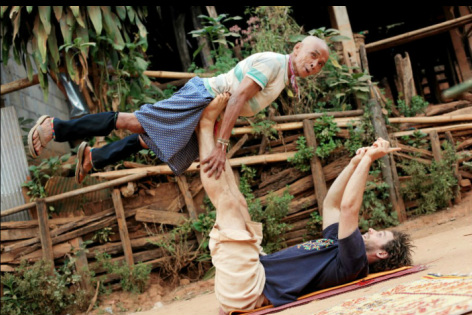
The five points of Yoga can be summarized as Proper exercise, Proper breathing, Proper relaxation, Proper diet and Positive thinking/meditation.
We practise ASANAS to balance, open and cleanse our physical body and the nadis (the energy channels that run throughout the body). We move through each posture with increasing awareness of body and breath, learning to listen and respond to what our body is telling us. Nothing more, nothing less.
We practise PRANAYAMA (breathing exercises) to reach a state of tranquillity and purification in order to feed the source of our dormant kundalini energy.
We practise MEDITATION to observe our mind’s patterns and everyday troubles in an attempt to de-clutter our lives and find focus. We start to embrace the precious moments of silence and connection with Oneness.
We practise CHANTING (bakti yoga), the yoga of devotion, to open our hearts through music and song. Chanting is a celebration; an opportunity to share with others with freedom and abandon... dance, shout, drum, sing. No rules; no boundaries.
We practise KARMA yoga, the yoga of selfless service. Working on all levels without the expectation of reward or praise; serving for the higher good of all sentient beings.
Yoga is everywhere – the yoga we do on a mat is the same yoga we experience when we are changing a nappy, cooking or drinking tea.
We practise ASANAS to balance, open and cleanse our physical body and the nadis (the energy channels that run throughout the body). We move through each posture with increasing awareness of body and breath, learning to listen and respond to what our body is telling us. Nothing more, nothing less.
We practise PRANAYAMA (breathing exercises) to reach a state of tranquillity and purification in order to feed the source of our dormant kundalini energy.
We practise MEDITATION to observe our mind’s patterns and everyday troubles in an attempt to de-clutter our lives and find focus. We start to embrace the precious moments of silence and connection with Oneness.
We practise CHANTING (bakti yoga), the yoga of devotion, to open our hearts through music and song. Chanting is a celebration; an opportunity to share with others with freedom and abandon... dance, shout, drum, sing. No rules; no boundaries.
We practise KARMA yoga, the yoga of selfless service. Working on all levels without the expectation of reward or praise; serving for the higher good of all sentient beings.
Yoga is everywhere – the yoga we do on a mat is the same yoga we experience when we are changing a nappy, cooking or drinking tea.
Yoga PhilosophyYoga Philosophy
The various Yogic practices have been traditionally classified into the four Margas (paths). These four paths are: • Jnana Yoga which is the Yoga of wisdom and develops the Intellect or will • Bhakti Yoga, the Yoga of devotion, opens the heart • Karma Yoga, the path of action of selfless service. • Raja Yoga, the royal or psychological which involves the mind. A branch of Raja Yoga is Hatha Yoga which prepares the Yogi for the higher stages of Raja Yoga. The Eight Limbs of Raja Yoga Compiled by the Sage Patanjali Maharishi in the Yoga Sutras, the Eight Limbs are a progressive series of steps or disciplines which purify the body and mind, ultimately leading the yogi to enlightenment. |
These 8 limbs are:
1. Yamas - The Yamas or restraints (Don'ts) are divided into five moral injuctions, aimed at destroying the lower nature. They should all be practiced and developed by the letter but also more importantly in the spirit. They should all be practiced in word, thought and action.
Ahimsa or non-violence
Satyam or truthfulness
Brahmacharya or moderation in all things (control of all senses). Also refers to celibacy
Asteya or non-stealing
Aparigraha or non-covetousness
2. Niyamas - The Niyamas or observances (Do's) are also divided into five and complete the ethical precepts started with the Yama. These qualities are:
Saucha or purity - internal and external cleanliness.
Santosha or contentment
Tapas or austerity
Swadhyaya or study of the sacred texts
Ishwara Pranidhana which is constantly living with an awareness of the divine Presence (surrender to God's Will)
3. Asanas - Postures
4. Pranayama - regulation or control of the breath. Asanas and
5. Pratyahara - withdrawal of the senses in order to still the mind.
6. Dharana - concentration. The last 3 steps constitute the internal practice of Raja Yoga. When Dharana is achieved, it leads to the next step:
7. Dhyana - meditation is that state of pure thought and absorption in the object of meditation. There is still duality in Dhyana. When mastered Dhyana leads to the last step:
8. Samadhi - the superconscious state. In Samadhi non-duality or oneness is experienced. This is the deepest and highest state of consciousness where body and mind have been transcended and the Yogi is one with the Self or God.
1. Yamas - The Yamas or restraints (Don'ts) are divided into five moral injuctions, aimed at destroying the lower nature. They should all be practiced and developed by the letter but also more importantly in the spirit. They should all be practiced in word, thought and action.
Ahimsa or non-violence
Satyam or truthfulness
Brahmacharya or moderation in all things (control of all senses). Also refers to celibacy
Asteya or non-stealing
Aparigraha or non-covetousness
2. Niyamas - The Niyamas or observances (Do's) are also divided into five and complete the ethical precepts started with the Yama. These qualities are:
Saucha or purity - internal and external cleanliness.
Santosha or contentment
Tapas or austerity
Swadhyaya or study of the sacred texts
Ishwara Pranidhana which is constantly living with an awareness of the divine Presence (surrender to God's Will)
3. Asanas - Postures
4. Pranayama - regulation or control of the breath. Asanas and
5. Pratyahara - withdrawal of the senses in order to still the mind.
6. Dharana - concentration. The last 3 steps constitute the internal practice of Raja Yoga. When Dharana is achieved, it leads to the next step:
7. Dhyana - meditation is that state of pure thought and absorption in the object of meditation. There is still duality in Dhyana. When mastered Dhyana leads to the last step:
8. Samadhi - the superconscious state. In Samadhi non-duality or oneness is experienced. This is the deepest and highest state of consciousness where body and mind have been transcended and the Yogi is one with the Self or God.
